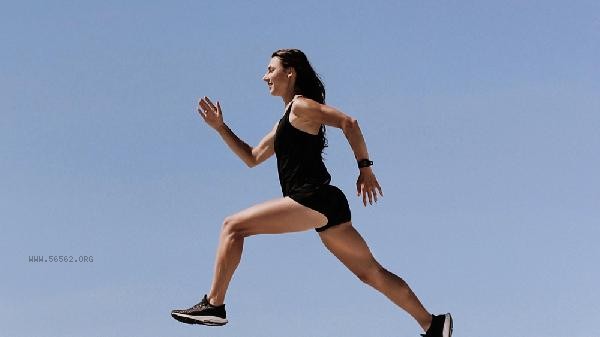Breast shaking or discomfort during running is usually related to insufficient breast support, excessive exercise intensity, or sensitive breast tissue. The main reasons include stretching of the suspensory ligaments in the breast, inappropriate sports underwear, breast hyperplasia, fluctuations in hormone levels, and a large weight base.

1. Breast suspensory ligament stretching
The breast is fixed to the chest wall by the suspensory ligament, and vigorous shaking during running may cause the ligament to repeatedly stretch. Long term high-intensity exercise may cause ligament relaxation, leading to breast sagging or dull pain. Choosing sports bras with strong shock absorption can effectively alleviate impact, and low impact exercises such as yoga can be used as an alternative solution.
2. Inappropriate sports underwear
Regular underwear cannot provide the lateral support required for running, resulting in excessive breast displacement. Professional sports bras should have a full cup design, wide shoulder straps, and anti slip bottom circumference. Before exercising, the size should be accurately selected according to the chest circumference. breastfeeding women should pay more attention to choosing high-strength support styles.
3. Breast hyperplasia
When breast tissue is sensitive to mechanical stimulation, running vibration may exacerbate the feeling of swelling and pain. This situation is common during the premenstrual hormone change period, and it is recommended to avoid high-intensity running one week before menstruation. If the pain persists, it is necessary to investigate organic problems such as breast cysts.

4. Hormonal level fluctuations
During puberty, breast development, or perimenopause, when estrogen levels fluctuate, breast ductal dilation can increase sensitivity. At this time, the pace should be reduced and the running time shortened. Cold compress after exercise can alleviate vascular congestion. Oral contraceptive users may experience similar symptoms. When the body fat percentage is high, the breast volume increases, and the inertial impact force is stronger during running. It is recommended to temporarily lose weight through water sports such as swimming, and then resume running after the body fat has decreased. At the same time, it is necessary to strengthen chest muscle exercise and reduce ligament burden through muscle support.
Sports bras with molded cups should be chosen in daily life to avoid thin shoulder strap styles. Before running, you can do chest expansion exercises to activate the pectoralis major muscle, and adopt a small step high-frequency running posture to reduce vertical vibration. If there is persistent pain or lump, timely breast ultrasound examination is necessary. When the breasts turn red and warm after exercise, apply cold compress for 15 minutes. Breastfeeding women should pay attention to timely emptying milk.







Comments (0)
Leave a Comment
No comments yet
Be the first to share your thoughts!